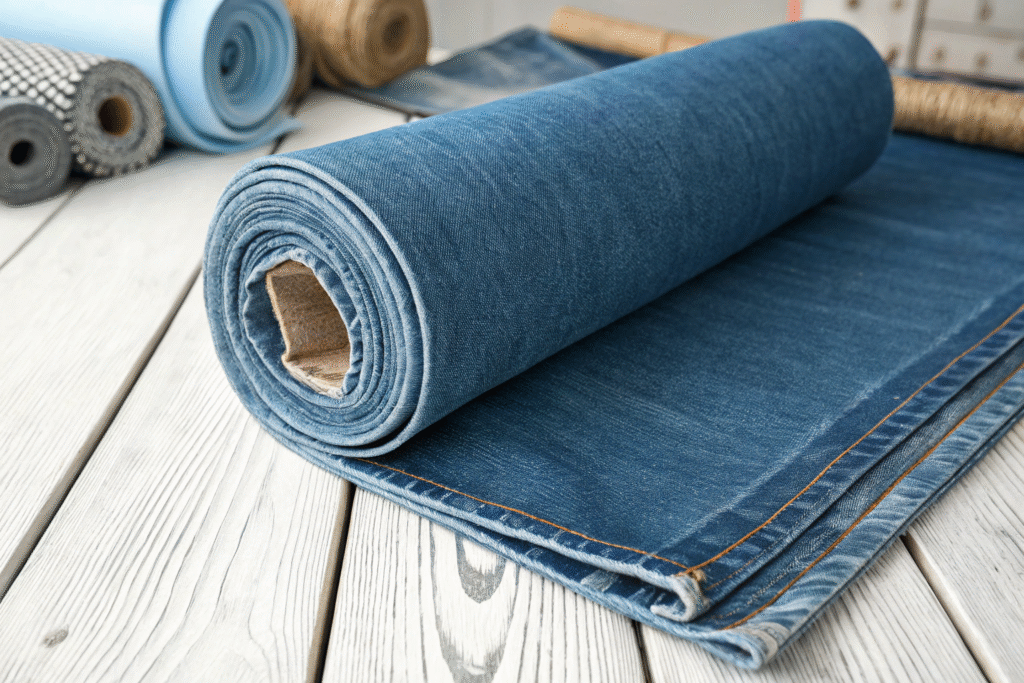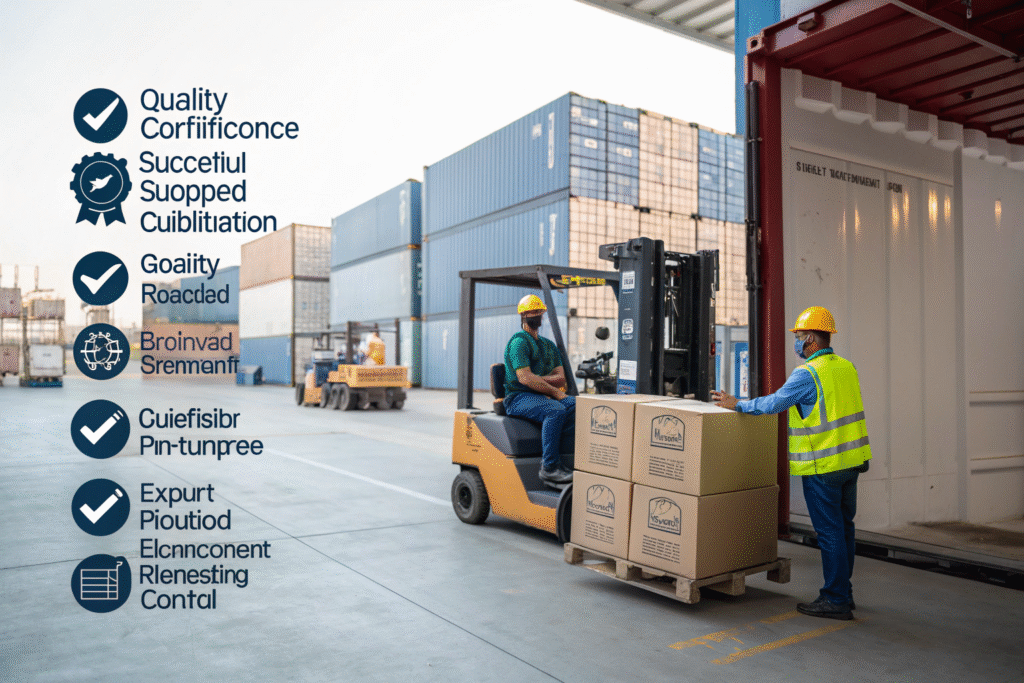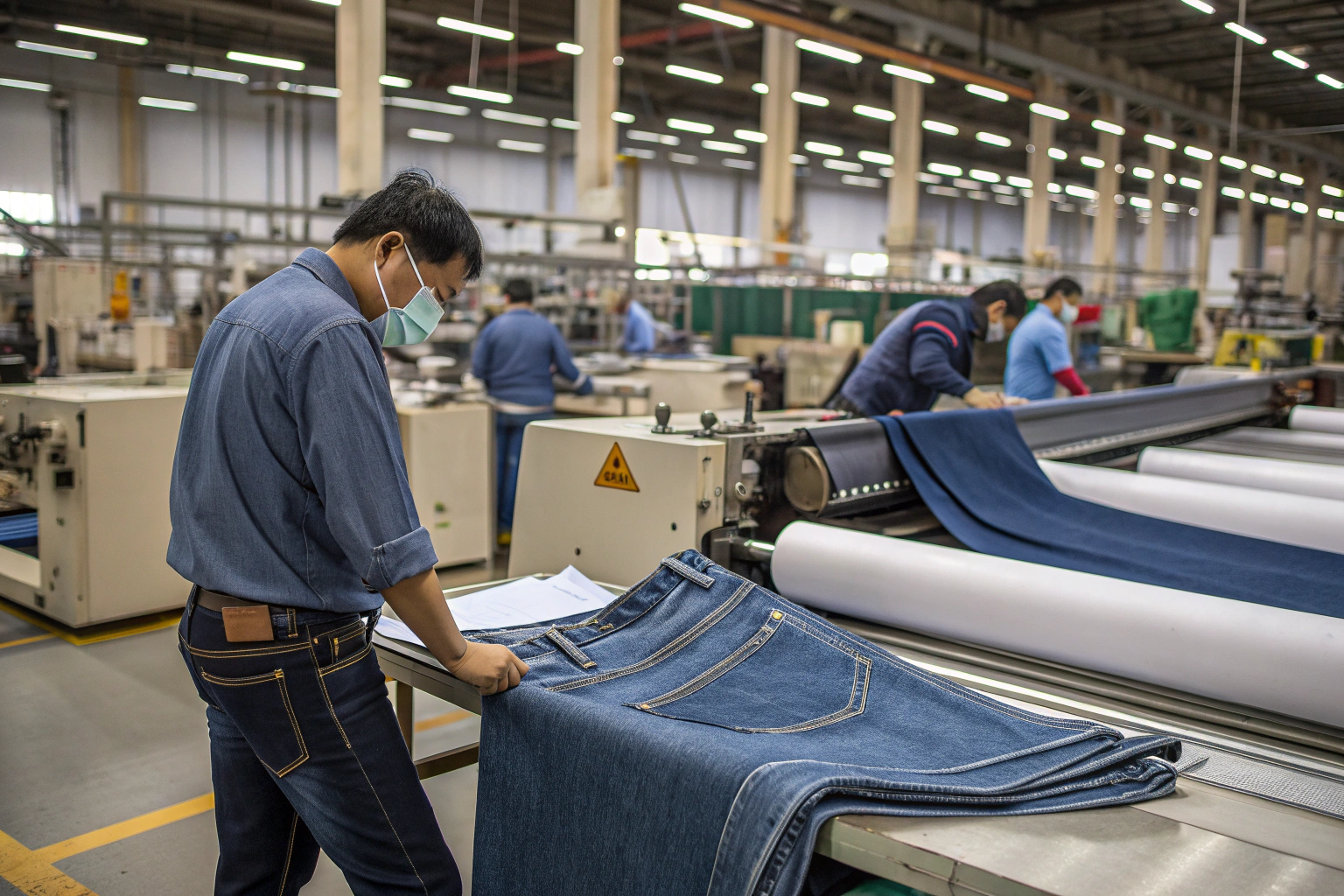The denim landscape has transformed dramatically from the rigid, traditional fabrics of the past. Today's market demands comfort and flexibility without sacrificing style. As an established fabric manufacturer in China's premier textile district, we've witnessed this evolution and helped countless brands navigate the complexities of stretch denim development.
Stretch denim incorporates elastic fibers like elastane or spandex into the fabric structure, providing significant flexibility and recovery. The optimal elastane percentage generally ranges from 1% to 5%, with the specific amount determined by the intended garment application, desired comfort level, and required shape retention properties. Selecting the correct blend is fundamental to creating denim products that meet consumer expectations for both comfort and durability.
This comprehensive examination will explore the technical aspects of stretch denim to support your fabric selection and product development decisions.
What Constitutes Stretch Denim Fabric?
Stretch denim represents a significant advancement in textile engineering, merging traditional denim aesthetics with modern performance characteristics. The fundamental distinction lies in the integration of elastic components within the fabric matrix.
Stretch denim is a woven fabric, typically composed primarily of cotton, that integrates elastic fibers such as elastane or spandex into its construction. This integration provides the fabric with substantial elongation capacity and reliable recovery properties, enabling it to stretch with body movement while returning to its original dimensions. This technical enhancement preserves the classic appearance and durability associated with denim while introducing functional benefits that have driven widespread adoption across multiple apparel categories.

How is Stretch Denim Manufactured?
The manufacturing process for stretch denim requires precise technical execution. Conventional denim production utilizes 100% cotton yarns, whereas stretch denim incorporates core-spun yarns in the weft direction. These specialized yarns feature an elastane filament core surrounded by cotton fibers, creating the foundation for the fabric's elastic properties. During the weaving operation, these elastic yarns are systematically integrated into the traditional twill weave structure. Maintaining consistent tension throughout this process is crucial for achieving uniform stretch characteristics across the fabric width. Post-weaving, the fabric undergoes finishing treatments, including sanforization, to stabilize the cotton components and ensure consistent performance throughout the product lifecycle. The precision of this manufacturing process directly influences the fabric's recovery capabilities, a critical performance metric for end-use applications.
What are the Primary Advantages of Stretch Denim?
The functional benefits of stretch denim provide significant value for both manufacturers and consumers. The principal advantage involves enhanced wearer comfort and increased range of motion. Unlike traditional denim that often requires a break-in period, stretch denim delivers immediate comfort upon initial wear. This characteristic makes it particularly suitable for form-fitting silhouettes and active lifestyles. Another crucial benefit involves improved shape retention in high-stress areas such as knees and seating surfaces. Premium quality stretch denim maintains its structural integrity and original silhouette throughout wearing periods. For brands, this translates to reduced product returns and strengthened consumer confidence. Additionally, the accommodating nature of stretch fabrics enables more consistent sizing across diverse body types, simplifying pattern development and reducing fit-related complications.
What Determines the Appropriate Elastane Percentage?
The elastane concentration represents a critical specification that defines the performance characteristics of stretch denim. This determination should be based on technical considerations rather than arbitrary selection. Our laboratory testing protocols consistently evaluate these blends to verify they meet international performance standards.
Elastane content in stretch denim typically ranges from 1% to 5% of total fabric composition. The most frequently specified range for standard denim applications is 2% to 3%, which establishes an optimal equilibrium between flexibility and structural integrity. For applications requiring maximum elasticity, such as performance wear or ultra-form-fitting designs, percentages may increase to 4% or 5%. It's important to recognize that higher elastane concentrations don't necessarily equate to superior performance; excessive elastane content can compromise the fabric's denim character and dimensional stability.

What is the Industry Standard for Denim Applications?
The established industry standard for most denim applications is 2% elastane content. This 98% cotton/2% elastane ratio has become the benchmark specification for valid technical reasons. It provides measurable improvement in comfort compared to non-stretch alternatives while preserving the essential visual and tactile properties associated with quality denim. This formulation delivers sufficient elasticity for normal movement patterns while maintaining reliable recovery properties to prevent permanent deformation in stress areas. Most of our clients across market segments utilize this specification as their foundation for development, appreciating its balanced performance characteristics for diverse applications.
When is High Elastane Content Technically Appropriate?
Elevated elastane concentrations—typically ranging from 3% to 5%—are technically justified for specific applications where maximum flexibility represents the primary performance requirement. The most common application involves ultra-form-fitting designs where close body conformity is essential. This enhanced elasticity also benefits performance-oriented apparel where unrestricted movement is critical. However, these specifications involve notable trade-offs. Increased elastane content typically reduces fabric durability and increases susceptibility to mechanical damage. Additionally, higher elastane percentages demand superior fiber quality and advanced finishing techniques to ensure the fabric maintains its recovery properties through extended use cycles.
What Factors Influence Elastane Percentage Selection?
Selecting the appropriate elastane percentage requires systematic evaluation of multiple technical and commercial considerations. This decision should align with the product's performance requirements, target market positioning, and price point parameters.
Several critical factors inform this specification. The garment's design and intended fit profile represent primary considerations; close-fitting designs logically require greater elasticity than relaxed silhouettes. Target consumer expectations significantly influence this determination; premium segments often prioritize long-term shape retention over extreme stretch, favoring conservative elastane percentages. Furthermore, the base fabric weight impacts this decision; heavier denim constructions may require modified approaches to achieve comfort objectives without compromising structural integrity.

How Does Garment Engineering Impact Elastane Requirements?
The engineered design of the finished garment directly determines the necessary stretch performance specifications. Form-fitting designs demand higher elasticity, typically achieved through 3-5% elastane content, to accommodate body movement while maintaining comfort. Conversely, relaxed-fit designs can achieve satisfactory performance with 1-2% elastane content, as the objective involves enhanced mobility within a generous silhouette rather than extreme contouring. The design also influences stretch direction requirements. While most denim provides two-way stretch (cross-grain), engineered designs requiring comprehensive mobility may specify four-way stretch (both cross-grain and length-wise), involving more complex manufacturing protocols.
What are the Performance Compromises by Elastane Percentage?
Each elastane percentage specification involves distinct performance trade-offs that must be evaluated during product development.
| Elastane Percentage | Advantages | Limitations |
|---|---|---|
| Low (1-2%) | Superior shape retention, maintains authentic denim characteristics, enhanced durability. | Restricted flexibility, potentially uncomfortable in form-fitting designs. |
| Medium (2-3%) | Optimal balance of comfort and recovery, versatile application range, industry standard. | May provide insufficient stretch for ultra-form-fitting designs. |
| High (4-5%) | Maximum flexibility and comfort, ideal for contouring designs. | Increased bagging potential, reduced durability, diminished denim authenticity. |
The specification process should align these performance characteristics with brand quality standards. Utilizing premium elastic fibers such as Lycra can enhance recovery performance even at moderate percentages, while inferior elastic components typically result in premature performance degradation. Appropriate sewing thread selection and construction techniques are equally crucial for maintaining seam integrity under tension.
How to Source Technical Stretch Denim?
Sourcing technically advanced stretch denim requires partnering with suppliers possessing comprehensive manufacturing capabilities and rigorous quality systems. As a vertically integrated manufacturer, we implement quality assurance throughout our production workflow, from raw material selection to finished goods inspection.
Successful sourcing of technical stretch denim requires suppliers with demonstrated manufacturing expertise, transparent communication protocols, and verified quality performance. This necessitates supply chain control, access to certified raw materials including branded elastic fibers, and implementation of systematic quality management. For international procurement, particularly United States destinations, logistical efficiency and regulatory compliance capabilities become additional critical selection criteria.

What Quality Assurance Measures Ensure Durable Performance?
Durable stretch denim performance results from implementing rigorous quality controls throughout manufacturing. Our process begins with raw material verification in our certified laboratory, followed by continuous monitoring through weaving, dyeing, and finishing operations. Critical performance evaluations include:
- Cyclic Load Testing: Simulates repeated stretch cycles to measure recovery properties and permanent deformation.
- Growth and Recovery Analysis: Quantifies the fabric's ability to return to original dimensions after extension, predicting bagging resistance.
These validated test methods, aligned with international standards from organizations like SGS, provide empirical data to predict real-world performance. Furthermore, our integrated manufacturing model enables rapid process adjustments when parameters deviate from specifications, ensuring consistency across production volumes.
Why Does Supplier Selection Impact US Import Operations?
For United States import operations, supplier selection represents a strategic decision affecting cost structures, supply reliability, and compliance risk. Suppliers with documented US export experience understand critical operational considerations including tariff classification, customs compliance, and logistics management. They provide accurate documentation and leverage established freight partnerships to maintain delivery schedules. Within current trade frameworks, suppliers offering production solutions unaffected by US tariffs provide significant advantage, often through strategic sourcing and precise country of origin documentation. Technically capable suppliers also deliver efficient costing and rapid sample development, enabling responsive market engagement without compromising technical specifications or ethical manufacturing standards.
Conclusion
Specifying stretch denim involves nuanced technical decisions that directly influence product success. The process extends beyond simple elastane percentage selection to encompass comprehensive understanding of fiber interactions, construction methods, design requirements, and quality verification. From standard 2% formulations to specialized high-stretch developments, the optimal specification always serves the garment's functional requirements and consumer expectations.
Collaborating with technically proficient manufacturers enables informed specification decisions, ensuring fabrics deliver appropriate performance, aesthetics, and durability. This examination has provided foundational knowledge for your sourcing and development processes. Should you require a manufacturing partner for your denim collection, with comprehensive capabilities from weaving through inspection and logistics, we welcome the opportunity to assist. For technical discussions regarding your specific requirements, please contact our Business Director, Elaine, at elaine@fumaoclothing.com. We look forward to supporting your product development objectives.










